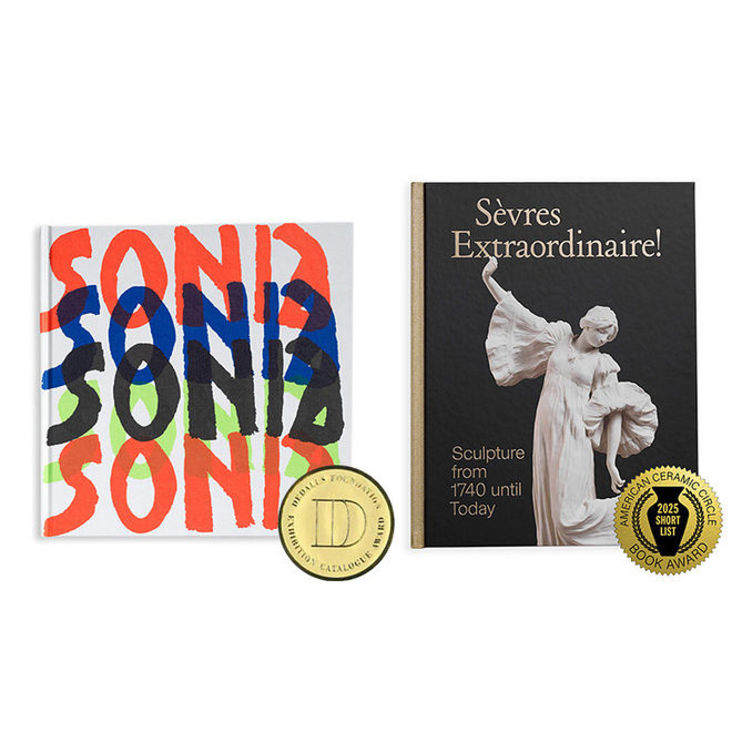Mónica Domínguez Torres presented at the Mr. and Mrs. Raymond J. Horowitz Foundation Seminar in New York and American Material Culture on Tuesday, March 29, 2022 at 6 pm. Her talk is entitled “Heavenly Pearls: Nature, Religion, and Politics in Habsburg Spain.”
In 1616, the image of Our Lady of the Sagrario was placed in her own chapel at Toledo Cathedral, splendidly covered with various pearl-studded garments, including a cloak embroidered with 78,000 natural pearls. The Virgin’s makeover coincided with the “pearl rush” that occurred in the Caribbean and the Pacific coasts of central America throughout the sixteenth and early seventeenth century. In this seminar, Professor Domínguez uses the Virgin’s luxurious garments as a springboard to explore some of the connotations and functions that the organic gems acquired in Spain under Habsburg rule. Believed since antiquity to be wondrously engendered, in imperial Spain pearls became the material of choice to exalt the immaculate nature of the Virgin Mary, a fundamental tenet within the Habsburg “universal monarchy.”
Born and raised in Venezuela, Mónica Domínguez Torres obtained an MA in museum studies and a PhD in the history of art from the University of Toronto, Canada. In September 2003, she joined the Department of Art History at the University of Delaware, where she serves as associate professor and director of graduate studies, and holds a joint appointment in Latin American and Iberian studies. She specializes in the arts of the early modern Iberian World, with particular interest in cross-cultural exchanges between Spain and the Americas during the period 1500–1700. Her first book, Military Ethos and Visual Culture in Post-Conquest Mexico (Ashgate, 2013), investigates the significance of military images and symbols in sixteenth-century Mexico, showing how certain martial notions and symbols created cultural bridges between Mesoamericans and Europeans. She has also published several essays on the production, regulation, and consumption of Indigenous heraldry in Mexico and Peru. Since 2009, she has worked on her second book, Pearls for the Crown, which analyzes a series of early modern artworks related to the Atlantic pearl industry. Her research in this field has been recognized with grants and fellowships from the National Endowment for the Humanities, the Getty Research Institute, the Renaissance Society of America, and the Bard Graduate Center, among others.

_(1).jpg,1124x562,c)









